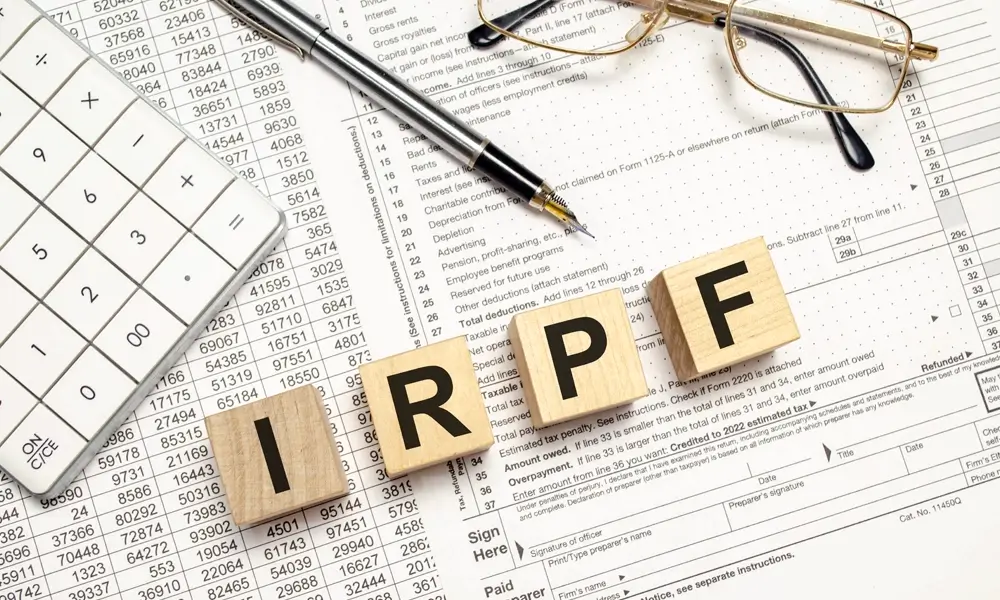Corporate governance contains a series of practices, processes, and rules that aim to organize a company and facilitate its growth. It has become an important topic within companies, as it is related to management and business success. Many companies are reviewing their management model and considering corporate governance in their processes. This is because it improves the economic performance and image of the company before the market and investors.
According to IBGC - Brazilian Institute of Corporate Governance, responsible for many studies and strategies on this topic in Brazil, it can be said that corporate governance is a set of rules and procedures by which companies and other institutions are managed, monitored, and encouraged, involving relationships between partners, board of directors, board of directors, supervisory and control bodies, and other interested parties. Basically, the purpose of corporate governance is to ensure that all parts of a company are aligned, avoiding conflicts and bringing greater transparency. Governance seeks to ensure that those involved in the business, internally or externally, act in harmony.
With technological advances and recent economic instabilities, which change the market dynamically, corporate governance offers improved management, cost reduction, attraction of new investors, enhancement of the institutional image, improvement of strategic planning, increased retention and attraction of new talent, among other benefits. All of this comes from the basic pillars of best governance practices, which are: transparency, equity, accountability, and corporate responsibility.
Based on these concepts, the following are recommended as good corporate governance practices:
Alignment of strategies with objectives
A company's strategies must be aligned with its objectives and its ability to execute from the short to the long term.
Adequacy of processes
Initiatives such as increasing productivity or implementing improvements help to improve time management and decision-making. Adjusting the processes, through a mapping of processes with the structuring of policies and procedures, is highly recommended.
Creation of an advisory and board of directors
To compose the board, it is recommended to invite varied people from different areas of the company, seeking a variety of opinions and analyses.
Definition of roles and responsibilities
Both operational employees, managers and executives, including the company's CEO, need to clearly understand the delimitations of their functions. It is recommended to write documents describing the positions and responsibilities associated with them.
Implementation of control mechanisms
Standardizing procedures and improving the dynamics of internal controls are two best practices for corporate governance. Ideally, several control mechanisms, in addition to the creation of the board of directors, reach the company's departments in a decentralized manner. Even auditing, internal or external, can also help by investigating whether good practices are being applied.
Social Responsibility, Integrity, and Ethics in Company Culture
It is already highly perceived in the market that companies that incorporate the search for a fairer society into their practices relate better to their stakeholders and employees. For this reason, the guarantee of compliance with labor laws and rules is one of the best practices of corporate governance.
This item also includes the Code of Conduct, a set of internal rules that guide the behavior of an organization and its employees. It is composed of ethical principles and becomes part of the organizational culture, serving as a parameter for the proper functioning of practices and relationships within the company.
These are just a few of the key best practices for good corporate governance. These actions will give more autonomy to the Councils and will increase oversight, inhibiting contrary practices.
Nowadays, ensuring the safe and healthy development of your company, adopting corporate governance practices, is prioritizing the growth of your organization.
Contact Taticca Allinial Global Brazil, which provides integrated auditing, internal auditing, accounting, tax, corporate finance, financial advisory, risk advisory, technology, business consulting and training services, for more information, through the website www.taticca.com.br or e-mail taticca@taticca.com.br and learn more.





